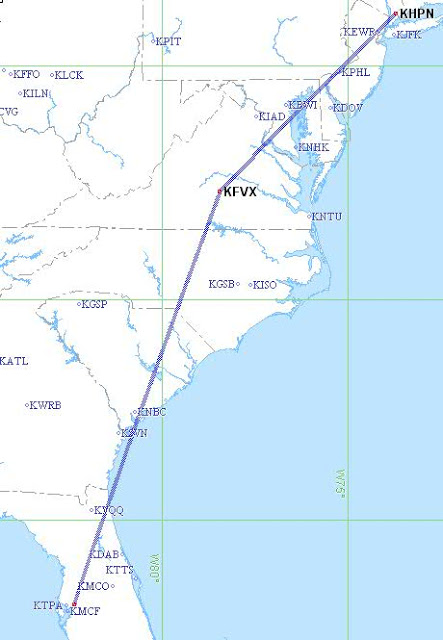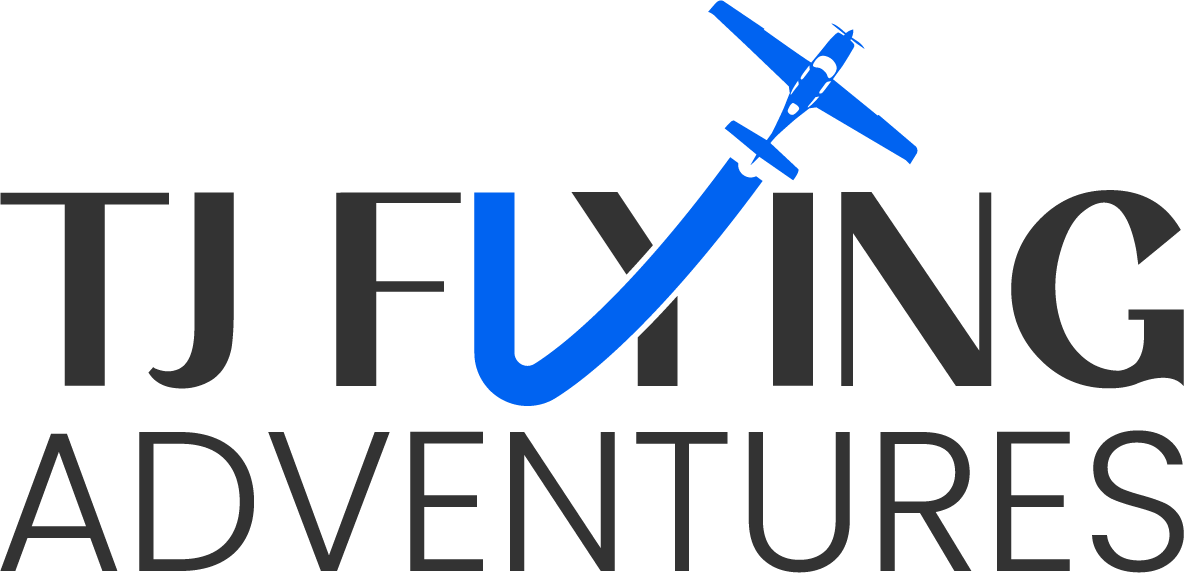The Art Of Flying IFR

This week was another long x-country that got me thinking about the “art of flying IFR”. The route is shown below: The map is not zoomed in enough to tell… But this routes goes through LOTS of special use airspace along the way, including military operating areas, restricted areas, the dreaded Washington DC SFRA, and […]
